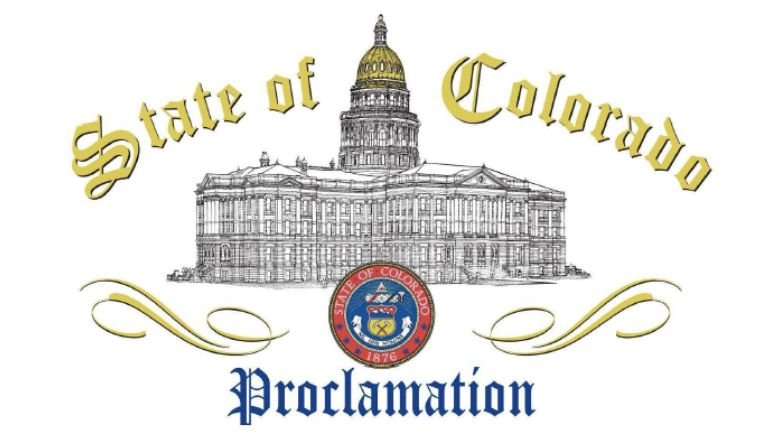What Colorado communities should know about child trafficking

Child sex and child labor trafficking are child abuse. As with any other form of child abuse, child trafficking does not discriminate. It can happen in any community and can affect children of every age, gender, race, ethnicity and socioeconomic background.
What is child trafficking?
There are two types of human trafficking that can impact children and families – sex trafficking and labor trafficking. A child may experience one or both of these forms of abuse. The most pervasive myth about human trafficking is that it often involves kidnapping or physically forcing someone into a situation. In reality, most traffickers are known to the family and use psychological means, such as tricking, defrauding, manipulating or threatening victims, into providing commercial sex or exploitative labor.
A study analyzing press releases and online media reports from over a nine-year period found that fewer than 10 percent of child trafficking cases involved kidnapping.
Child sex trafficking
The primary difference between adult sex trafficking and child sex trafficking is age. Children are protected under law and are not considered capable of consenting to exploitative sex or sex acts. Unlike child sex trafficking, cases of adult sex trafficking must involve elements of force, fraud and coercion. Child sex trafficking occurs anytime a child performs a sexual act in exchange for something of value (money, housing, drugs, etc.), even in the absence of force.
The Action Means Purpose Model (AMP) describes the definition of human trafficking in the United States, as outlined by the Trafficking Victims Protection Act.
Child labor trafficking
Unlike child sex trafficking, child labor trafficking does require the elements of force, fraud and coerocion for the purposes of compelled labor. Child labor trafficking can take many forms, the most common being debt bondage and forced labor. Debt bondage or bonded labor happens when a child incurs a debt – real or fake – that he or she is never able to pay off.
Forced labor/involuntary servitude occurs when an employer or individual obtains labor or services through force, threats of force, abuse of the legal process, fraud and/or blackmail. Examples of labor/involuntary servitude include children found to be forced to:
- panhandle
- sell drugs
- travel with sales crews
- work in agriculture
- work in child care
- work in housekeeping, restaurants and entertainment venues
Who is at risk?
Any child or youth can experience trafficking. Specific vulnerabilities can put a child or youth at greater risk for trafficking. These vulnerabilities include:
- A history of running away
- Homelessness with no consistent caregiver
- Identifies as LGBTQ+ and has experienced family rejection, harassment, etc.
- Prior victimization
- Prior child welfare or juvenile justice involvement
- Lack of local community support
- Economic instability
- Lack of educational and/or social-economic opportunities
- Substance abuse issues with self or at home with family members
- Physical/intellectual disabilities
- Immigration status
- The child is in the custody of a non-family-member; the relationship with an adult is unclear
Child trafficking can happen in any community. In 2019, 75% of children and youth assessed for child sex trafficking allegations in Colorado were white; however, this does not suggest that white children and youth are trafficked at higher rates than children and youth of color because trafficking is frequently underreported.
Young people of all genders can be trafficked. Of the 363 cases screened for child sex trafficking in Colorado in 2019, 183 youth identified as males and 180 identified as females.
How can communities help?
Community members who are aware of the signs of trafficking can be highly effective in helping to protect youth who may be involved in trafficking. In addition to trusting your instincts, be intentional about educating yourself about child trafficking.
Children and youth involved in trafficking can hide in plain sight. Don’t make assumptions about the possibilities of child trafficking occurring based on race, socioeconomic status or location. Call 844-CO-4-Kids if you have concerns about a child involved in sex or labor trafficking. If there is an immediate danger, call 9-1-1.
Additional resources:
To learn more about human trafficking in Colorado and how you can get involved, visit:
Colorado Human Trafficking Council
The Laboratory to Combat Human Trafficking
The Polaris Project
More Posts



